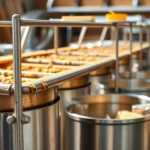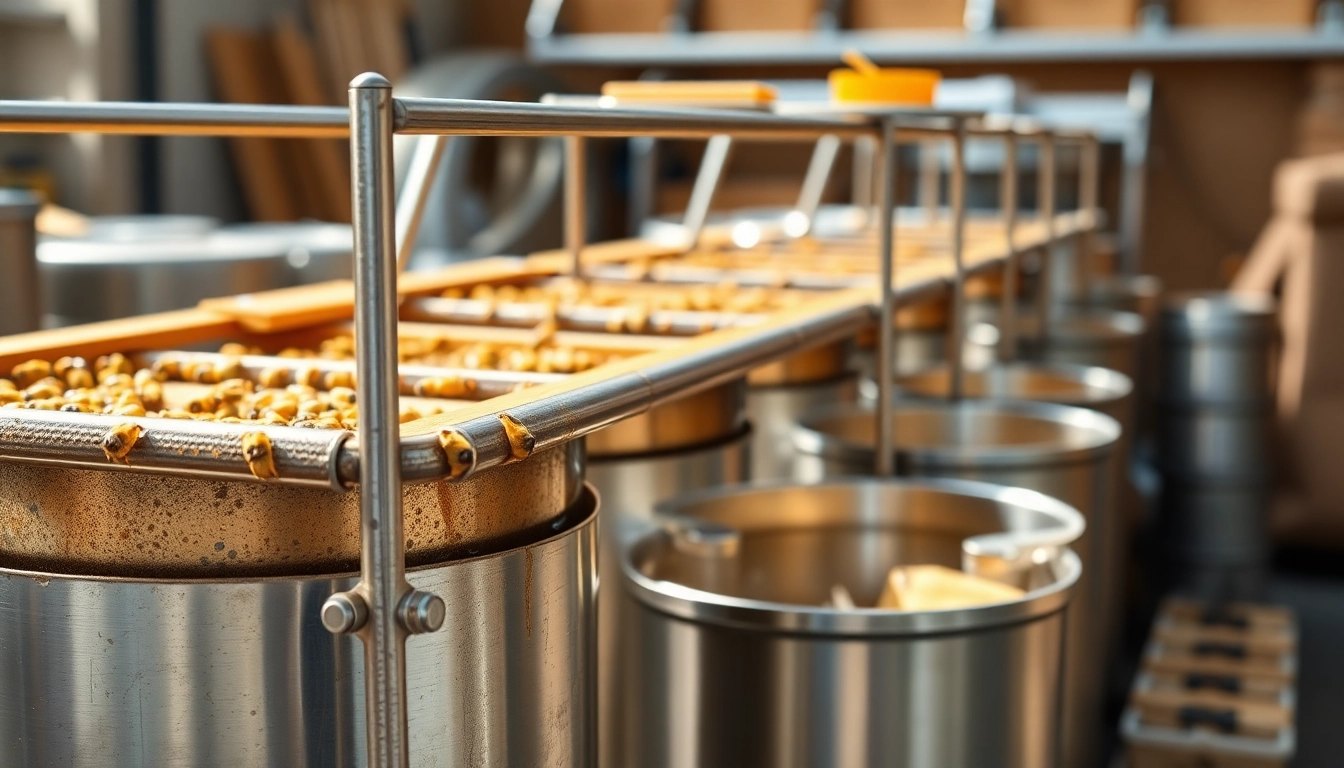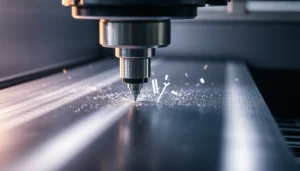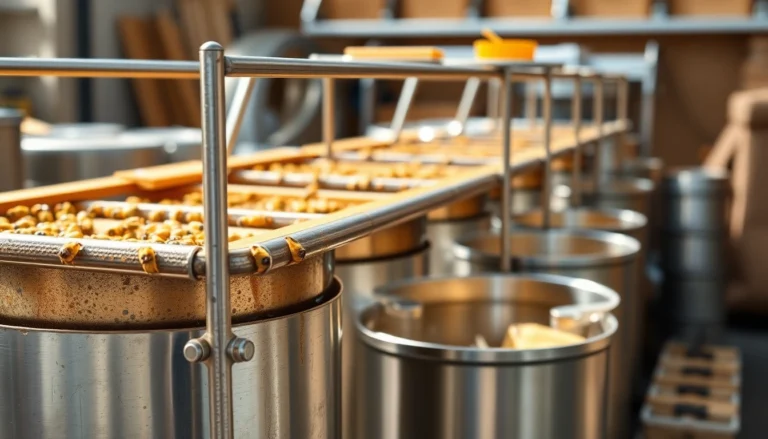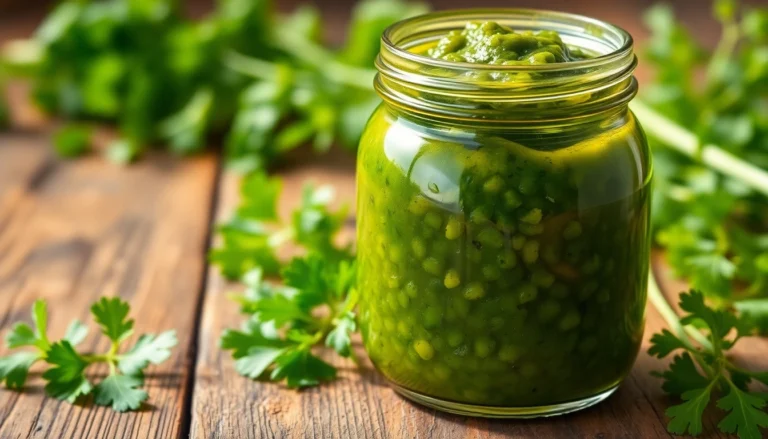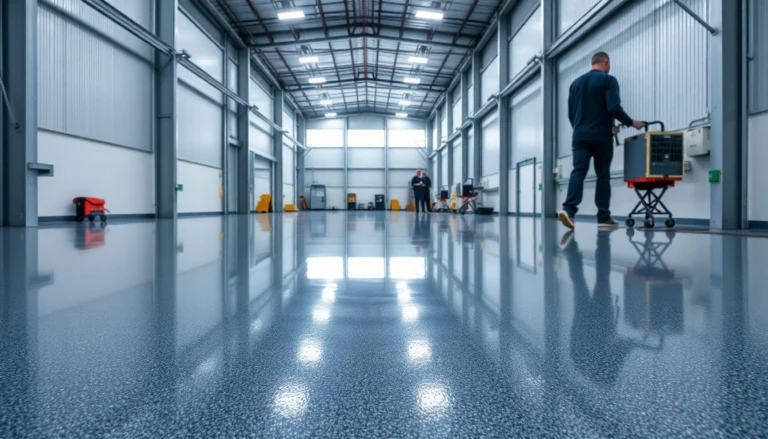Introduction to Materials and Machinery for Beekeeping
Successful beekeeping relies heavily on the quality and appropriateness of the materials and machinery used. From handling honey to maintaining healthy colonies, investing in the right equipment ensures productivity, safety, and compliance with industry standards. Whether you are a hobbyist or a commercial apiculturist, understanding the vital components that make up efficient apiary operations is essential. In this comprehensive guide, we will explore the essential materials and machinery for apiculture, focusing on innovative products like анти滴 inox stands, large capacity food-grade drums, and specialized honey extraction equipment.
To deepen your understanding and source top-tier materials, visit material y maquinaria para apicultura. This resource offers a wide range of select tools and equipment tailored for optimal hive management and honey production.
Components Key to Beekeeping Materials and Machinery
High-Capacity, Food-Grade Drums for Honey and Beeswax
Large capacity drums, such as 300 kg or 75 kg models, are vital for storing, transporting, and processing honey in a hygienic and efficient manner. These drums are made from high-quality, food-grade materials that comply with safety standards, ensuring that honey remains uncontaminated. For instance, stainless steel or food-grade polyethylene drums prevent spoilage and facilitate easy cleaning. Their design often includes features like secure lids and reinforced handles for durability and ease of handling, reducing spillage and contamination risks during transfer.
Essential Accessories: Metal Honey Buckets, Sieves, and Spill-Preventive Supports
Tools like the metal honey bucket of 25 kg are indispensable for collecting honey during harvest, especially because of their durability and resistance to corrosion. Additionally, cedazos (sieves) are critical for filtering honey and wax, removing impurities with efficiency. For example, a cedazo para escurrir sello en bidón de 300 kg allows for precise filtering while minimizing waste. Supporting these containers with antigoteo inox (anti-drip stainless steel) supports ensures that honey flows without dripping, maintaining hygiene and cleanliness in the processing area.
Innovations in Equipment for Honey and Hive Management
Modern apiaries are embracing technological advancements, such as automated honey extractors, temperature-controlled storage, and advanced hive monitoring tools. These innovations increase productivity and enable better hive health diagnostics. The use of durable, rust-resistant soporte antigoteo inoxidable stands exemplifies the focus on longevity and hygiene, especially in wet or humid environments.
Practical Applications and Usage Tips
Proper Handling and Maintenance of Equipment
Correct handling of equipment such as large drums and honey buckets ensures longevity and optimal performance. Regular cleaning with food-safe disinfectants prevents bacterial growth and cross-contamination. For instance, stainless steel supports are easy to clean and do not corrode, making them ideal for repetitive use. When handling honey or beeswax, wearing protective gear and using sanitized tools minimizes the risk of contamination and hive disturbance.
Adapting Equipment to Different Types of Hives
Different hive types, such as Langstroth vs. Top Bar hives, require tailored equipment. For example, large drums are suitable for extracting honey from Langstroth frames, while specialized tools like rejas excluidoras de reinas (queen excluders) improve hive management across systems. The versatility of equipment like bidones de 300kg permits scalable harvesting, fitting both small and large apiaries.
Measuring and Optimizing Equipment Performance
Monitoring metrics such as honey yield per hive, processing times, and contamination levels helps apiaries optimize their equipment use. Regular maintenance checks, calibration, and staff training are essential. Implementing performance logs and routine inspections ensures machinery remains in top condition, reducing downtime and maintaining high-quality outputs.
Standards, Safety, and Certifications in Beekeeping Materials and Machinery
Safety Regulations for Apiary Equipment
Safety is paramount in handling heavy drums and electrical honey extractors. Equipment must meet safety standards, including proper insulation, secure lids, and corrosion resistance. Using anti-drip stainless steel supports not only preserves product quality but also reduces the risk of accidents caused by spills or structural failure.
Quality Certifications for Food-Grade Materials
Materials used in honey storage and processing should carry certifications like NSF or equivalent, confirming they meet safety regulations for food contact. Ensuring compliance prevents legal issues and protects consumer health.
Best Practices for Responsible Use of Equipment
Implementing standard operating procedures (SOPs) for cleaning, maintenance, and records management promotes sustainable and responsible beekeeping. Proper training in equipment handling reduces wear and tear, extends lifespan, and ensures high-quality honey production.
Trends and Success Stories in Material and Machinery for Beekeeping
Technological Innovations and Automation in Apiculture
Advancements such as automated nectar and honey measuring systems, remote hive monitoring, and robotic assist devices are transforming the industry. For example, new stainless steel supports that integrate with automated systems help streamline operations and improve yields.
Case Studies from Leading Producers
Successful apiaries have incorporated high-capacity drums, rust-proof supports, and advanced sieving equipment to scale their honey production while maintaining quality standards. Their stories highlight the importance of investing in durable, certified equipment for sustainability and growth.
The Future of Beekeeping Materials and Machinery
The industry is moving toward eco-friendly and smart technologies, including biodegradable containers, energy-efficient machinery, and smart hive sensors, further enhancing productivity and environmental responsibility. Continuous innovation ensures that modern beekeepers can meet increasing demand with high-quality, responsible solutions.



